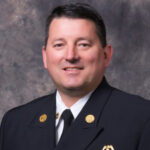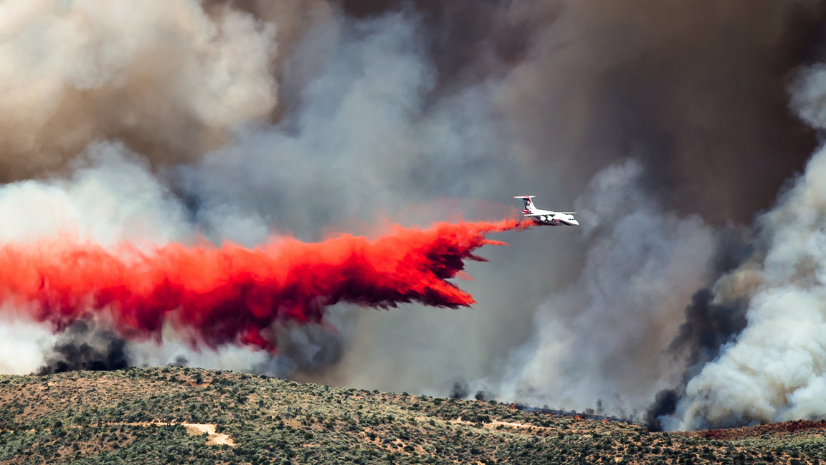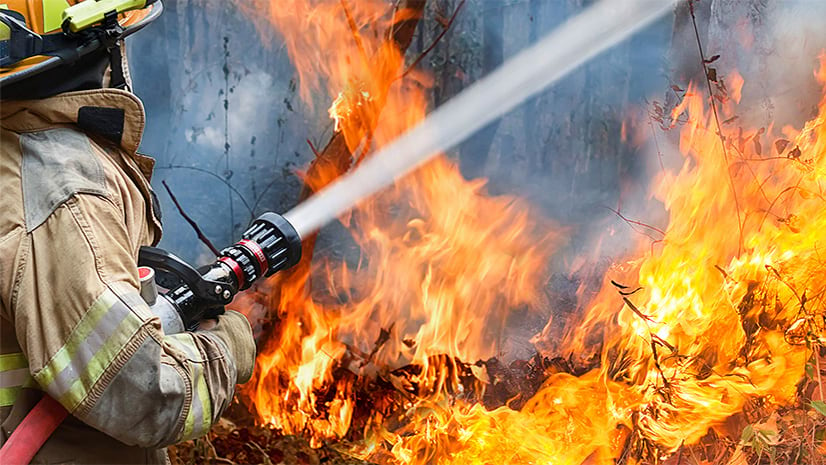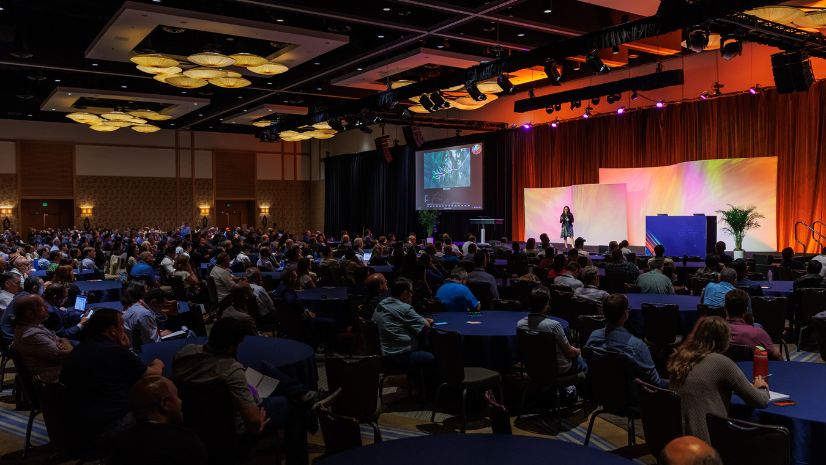The Fire Service’s Role in Community Risk Reduction, Wildland Urban Interface, and Data
The US Fire Administrator’s Summit 2023 was a gathering of fire chiefs, fire service leaders, federal officials, and experts to discuss the most pressing issues and challenges facing the fire and emergency services. The summit, which took place October 10–11, at the National Fire Academy in Emmitsburg, Maryland, covered a wide range of topics, such as the following:
- The development and implementation of the National Emergency Response Information System (NERIS), a new cloud-based platform that will replace the legacy National Fire Incident Reporting System (NFIRS) and provide near real-time data and analytics for fire-based incidents
- Best practices and lessons learned from successful CRR efforts across the country, such as data-driven decision making, strategic partner collaboration, and action-oriented messaging
- The role of the fire service in community risk reduction (CRR), wildfire and the wildland urban interface (WUI), and disaster response and recovery
- The need for congressional support and funding for fire service agencies, programs, and initiatives, such as the US Fire Administration (USFA), the Federal Emergency Management Agency (FEMA), community wildfire risk reduction programs, and regional compacts.
One of the main themes of the summit was the importance of CRR as a proactive and holistic approach to reducing fire losses and enhancing community resilience. CRR involves identifying and prioritizing local risks, developing and implementing strategies to mitigate those risks, and measuring and evaluating the outcomes. CRR also requires collaboration among various stakeholders such as fire departments, local governments, community organizations, businesses, and residents.
One of the areas where CRR is especially critical is in the WUI. The WUI is the area where the built environment—for example, a neighborhood—intermingles with the natural environment, and it represents the fastest-growing land-use type in the United States. It is also where wildfire problems are most pronounced. Fire is a growing threat to many communities in the US, as climate change, land-use policies, population growth, and development patterns increase the exposure and vulnerability of people and properties to fire.
The summit highlighted several recommendations and actions to address wildfire and WUI risks through CRR, such as these:
- Fire departments should embrace and use data to guide their CRR work. Data is essential for identifying and prioritizing risks, developing and implementing strategies, measuring and evaluating outcomes, communicating with stakeholders, and securing resources. Fire departments should leverage existing data sources or collect new data as needed to inform their CRR decisions.
- Fire departments should think strategically about partner collaboration. Partner collaboration is key for successful CRR efforts, as no single entity can address all aspects of risk reduction. Fire departments should identify potential partners that have common goals or interests, such as local governments, community organizations, businesses, residents, or other agencies. Fire departments should also establish clear roles and responsibilities for each partner and maintain regular communication and feedback loops.
- Fire departments should develop and deliver action-oriented messaging that leads to behavioral changes by the public and key stakeholders. Messaging is a crucial component of CRR, as it can raise awareness, educate people, and motivate or persuade the target audience to take action to reduce their risk. Fire departments should craft messages that are relevant, specific, clear, consistent, and credible. Fire departments should also use various channels and formats to reach and engage their audience, such as social media, websites, newsletters, flyers, videos, or events.
- Congress should establish a community wildfire risk reduction program via an interagency coordinating partnership that includes the US Forest Service, FEMA, USFA, the Office of Wildland Fire (DOI), and the National Institute of Standards and Technology (NIST) as principal agencies. This program would provide grants, technical assistance, training, education, and research to support local CRR efforts for wildfire and the WUI.
- Congress should help advance efforts by the Alliance of Forest Fire Compacts, state foresters, and others to update regional compacts to meet modern fire management needs. Regional compacts are agreements between states or provinces to share resources and coordinate responses for wildfire suppression. Congress should approve the updated compacts to ensure their legal validity and funding availability.
- Congress should increase support for USFA to provide the expanded community-based wildfire training and engagement of the nation’s nonfederal fire service. USFA plays a vital role in promoting fire-adapted communities, which are communities that can withstand wildfire without loss of life or property. USFA also improves coordination with wildland fire management as a critical partner in wildfire-risk reduction.
- Congress should ensure that USFA and FEMA have the necessary resources to support efforts to reduce wildfire risks to communities and the threat of urban conflagration related to wildfire. Urban conflagration is a large-scale fire that spreads rapidly through densely populated areas. Congress should also provide mitigation and recovery assistance to affected communities after a wildfire.
- Local governments should adopt land-use policies that discourage or limit development in high-risk areas. Local governments have an incentive to retain population and tax base by allowing new development, even in areas that are at high risk for disasters. This has led to more homes being built in places that are likely to burn or become flooded. Local governments should consider the long-term costs and benefits of development decisions and implement zoning codes, building codes, incentives, or regulations that reduce exposure and vulnerability to hazards.
The US Fire Administrator’s Summit 2023 was a valuable opportunity for the fire service and the public safety community to exchange ideas, share experiences, and learn from each other. The summit also provided a platform for advocating for the fire service’s needs and priorities at the national level. The summit demonstrated the fire service’s commitment and leadership in advancing CRR, wildfire and the WUI, and other critical issues for the benefit of the communities these organizations serve.
Learn more about how GIS can support the fire service or wildland fire industries.





